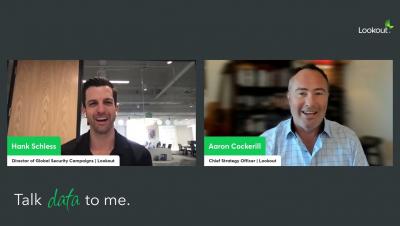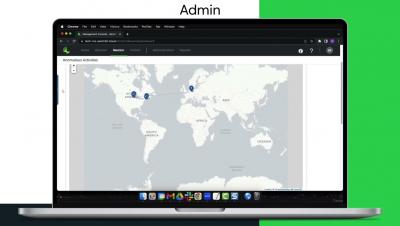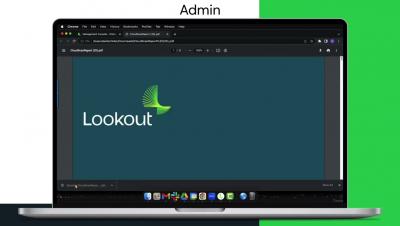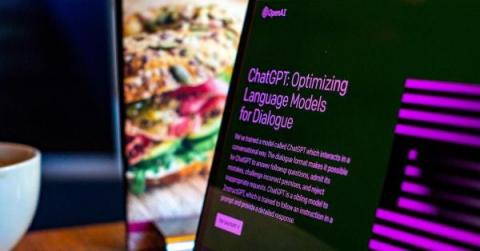Security | Threat Detection | Cyberattacks | DevSecOps | Compliance
Lookout
Meet Lookout SAIL: A Generative AI Tailored For Your Security Operations
Today, cybersecurity companies are in a never-ending race against cyber criminals, each seeking innovative new tactics to outpace the other. The newfound accessibility of generative artificial intelligence (gen AI) has revolutionized how people work, but it's also made threat actors more efficient. Attackers can now quickly create phishing messages or automate vulnerability discoveries.
Consolidate existing vendor solutions
Integrate with your existing infrastructure
Data Protection on the Internet: Data Leakage Prevention for ChatGPT, Bard, Generative AI, and Shadow IT
With the rise of hybrid work, data leakage has become a significant issue. Employees are now working from a variety of locations, including their homes, coffee shops, and even public libraries. This makes it more difficult to keep track of data moving between managed endpoints and your organization's SaaS applications or private apps. Shadow IT, the use of unauthorized or unapproved software and services by employees has always been a challenge for IT departments.
Avoid Zero Trust Misconceptions | Talk Data To Me
Lookout Announces Advanced Traffic Steering Agents to Replace Virtual Private Networks
For more than two decades, virtual private networks (VPNs) have been the go-to technology for enterprise remote access — and by extension, for enforcing remote access security. Even ubiquitous internet connections are often redirected via VPN to a central data center, where security enforcement occurs through various hardware appliances. From there, the traffic is forwarded onward to the internet. Of course, it must follow the same indirect path back on the response side.











